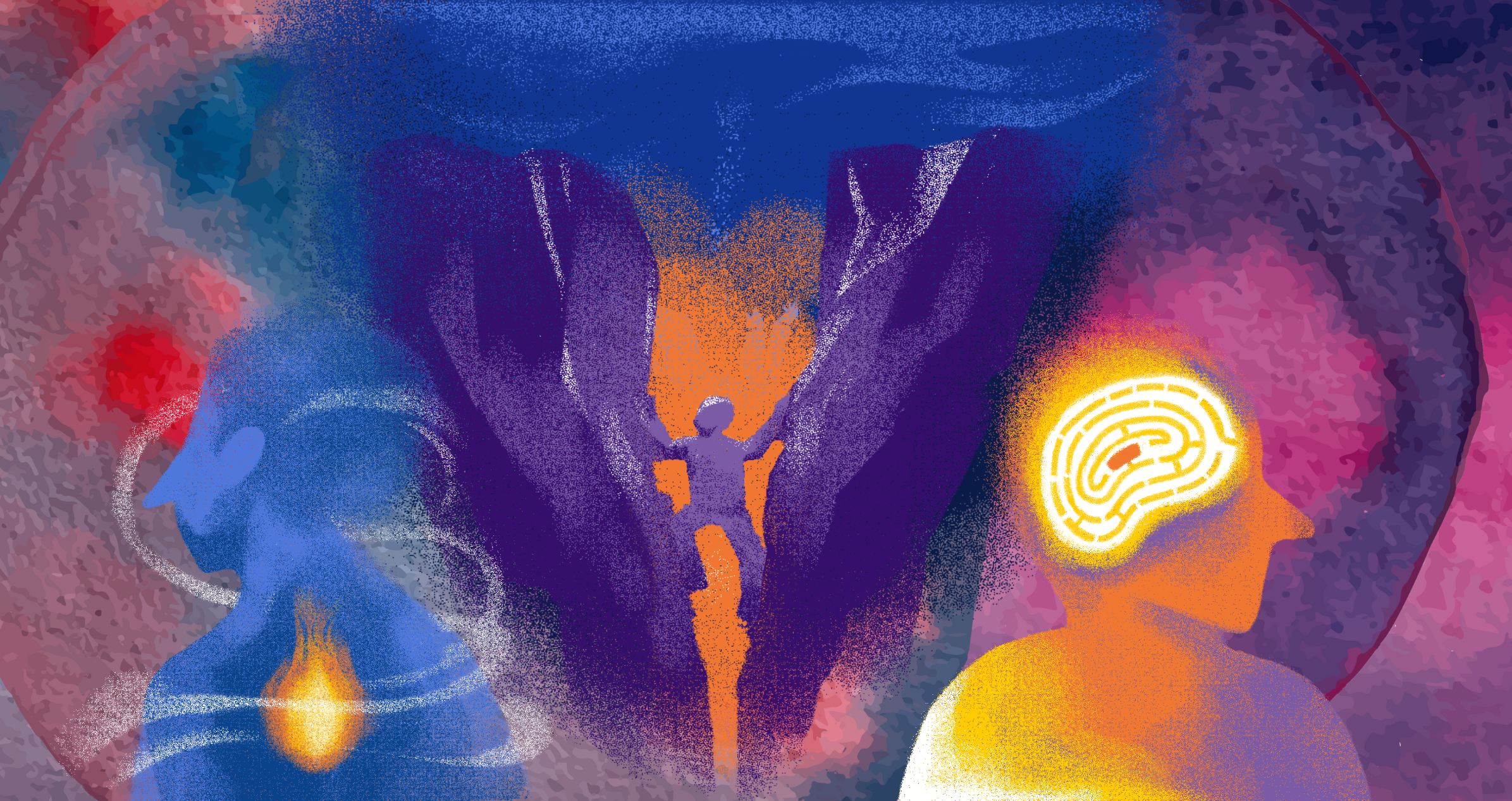
As journalists, we’re trained to keep the microphone pointed outward as we gather the pain of others. But in recent years, there has been growing acknowledgement of the mental distress inflicting the tellers of difficult stories.
The urgency of mental health challenges among journalists is real.
The Taking Care Report, a national survey of 1,200 Canadian media workers released in 2022 documented widespread exposure to trauma, high levels of anxiety, and increasing rates of burnout across newsrooms. Journalists face a volatile mix of long hours, job insecurity, online harassment, and emotional exhaustion. For freelancers, who often work alone and without institutional support, the risks are even greater.
Last Friday, the Investigative Journalism Bureau (IJB) hosted Dave Seglins, a veteran CBC journalist and national mental health coordinator for the broadcaster. He shared his own turning point: covering the trial of serial killer Russell Williams in 2010.
“I emerged from that not knowing what was wrong with me,” Seglins recalled. “When I got hurt, my bosses were like, OK, you’re sick, so just stay off. And that was it. That was the end of the conversation.”
It wasn’t until he spoke to a trauma specialist that he learned he was experiencing a post- traumatic stress response. Today, Seglins is helping build the supports he never had. He leads a national peer counselling initiative through the Canadian Association of Journalists.

Dave Seglins, national mental health coordinator for the CBC, now leads the charge to raise awareness about mental health in journalism.
That work is adding to a growing body of resources for journalists, including mental health reporting guides like the Mindset mental health reporting guide and TraumaAwareJournalism.org (an educational project by the Dart Center for Journalism & Trauma), offering tools for ethically covering violence, trauma and disaster, as well as guidance on supporting the well-being of journalists themselves.
“It’s a bit old-fashioned now to say journalists are simply witnesses to news and to history,” says Jane Hawkes, co-founder of the Canadian Journalism Forum on Violence and Trauma. “You’re a participant because you’re actually affected by what you cover – because you’re human. And the Forum has been part of the growing acknowledgement that the psychological health of journalists is just as crucial as their physical safety.”
Her work over two decades has centered not just on psychosocial education, but on destigmatizing care and embedding mental health into the ethics of the profession.
“If both of those things become normalised, we all move forward, and journalism goes with it,” says Hawkes.
Another leading figure in this shift is Dr. Anthony Feinstein, an award-winning psychiatrist and pioneer in the study of psychological trauma in journalists who has spent the last 25 years studying the mental health of journalists.
At the core of his research is a concept called moral injury, the distress that can arise when journalists feel they’ve violated their own ethical code, whether by action or omission.
“The antidote to moral injury is moral courage,” he says — the bravery to investigate wrongdoing, to speak up even when there are risks or consequences.
This is the terrain the IJB operates in. Its reporters regularly pursue stories detailing systemic failures that harm people and seeking public accountability and solutions. It is work that demands both truth-telling and emotional resilience.
“You interview people about the worst things that have ever happened to them, and you listen, and you’re present with them, and then you take it in,” says IJB reporter Wendy-Ann Clarke. Sometimes they get emotional, and you get emotional, and then you emerge with a sense of responsibility for telling the story and telling it right.”
Recognizing that not all journalists have institutional mental health support, Feinstein oversees the Trauma Assistance Fund for Freelancers in collaboration with the Canadian Journalism Forum on Violence and Trauma, funded by Myriad Canada. The fund provides timely, confidential counselling to freelancers facing acute, work-related stress, many of whom lack access to traditional employee benefits. With therapy not covered by OHIP and psychiatric wait times stretching months, Feinstein not only assesses each applicant’s needs but also trains psychiatrists to understand the unique psychological pressures journalists face.
He also stresses the importance of early awareness: “If you don’t know it, you can have symptoms that you can’t make sense of, and then you start suffering.”
For Feinstein, newsroom culture must evolve to embed trauma education as a norm and not an exception. That includes recognizing the effects of vicarious trauma –the emotional residue that can build up from repeatedly hearing or telling stories of pain.
As the journalism community in Canada begins to reckon with the emotional costs of its work, efforts like these are paving the way for a cultural shift. The conversation is growing. And for once, it’s turning inward.
For more resources, please see the following:
https://dartcenter.org/
https://www.journalismforum.ca/
https://caj.ca/peersupport/
https://www.mindset-mediaguide.ca/
https://www.myriadcanada.org/en/project/frontline-journalists/
- Behind the stories: mental health in journalism - 18 July 2025